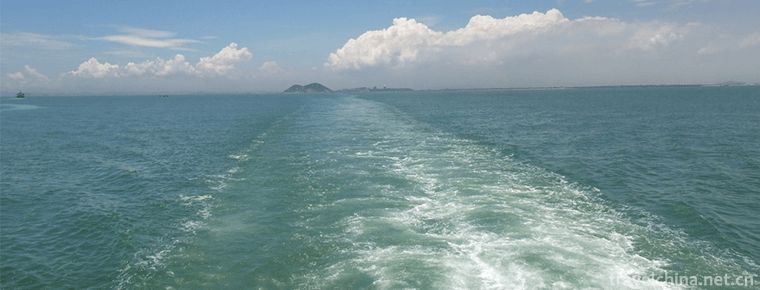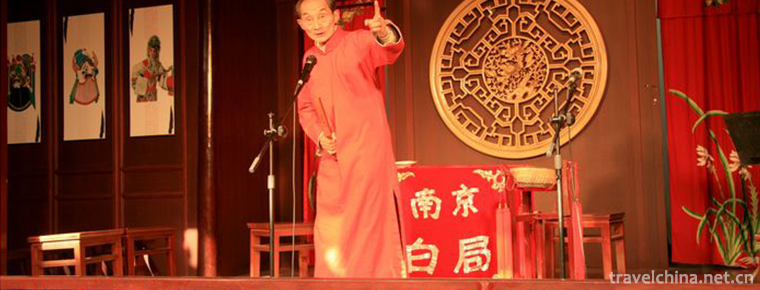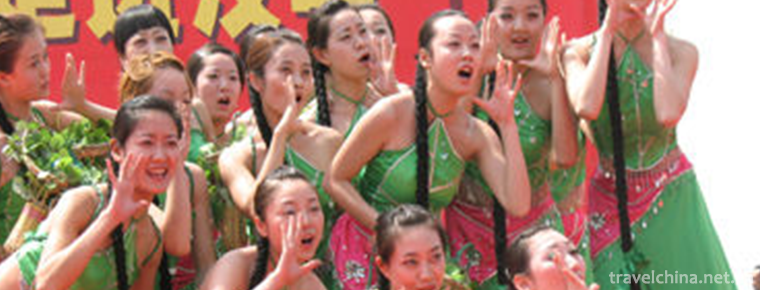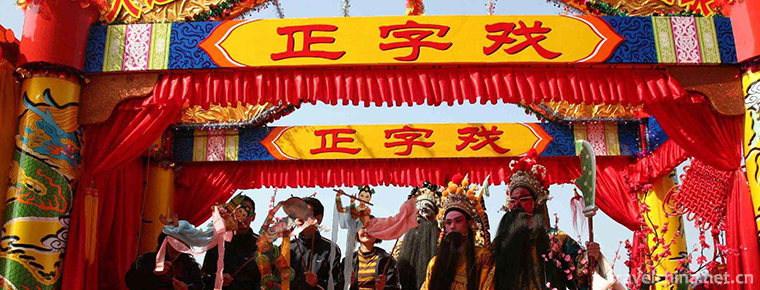Tujia Nationalitys Quinone
Tujia Nationalitys Quinone
"Tujia Diaoqu" is not only a wind instrument with peculiar structure, but also a genre of folk songs. At the same time, in Western Hunan, it is also the name of common music cards shared by instrumental music and vocal music, and "Diaoqu" is also used as the lining words and sentences when singing in tunes. Duoquine is also known as "dull mile". Tujia dialect is called "Early Gude", Tujia single-reed upright wind instrument. Although it is simple to make, it can play a happy and crisp melody, so it is deeply loved by Tujia women and children.
On June 7, 2008, Longshan County of Hunan Province declared "Tujia Quinan" which was approved by the State Council and listed in the second batch of national intangible cultural heritage list. Heritage serial number: 624 II-125.
historical origin
Diaquine has a long history. As for the origin of Du Du Qui, there is another legend among Tujia people: when Qin Shihuang built the Great Wall, Zhuangding people were caught everywhere, and a young Tujia man named "Du Du" was also taken away. After he left, his pregnant wife Barrie was abused by her cruel mother-in-law. Alone and helpless, Barre climbed north every day, looking forward to his husband's return. She also trusted to pull a bamboo root, cut it into bamboo flute, and called her husband to come home. In this way, day after day, she kept watching, blowing and looking forward, and finally died in the mountains. People sympathized with her and were touched by her spirit. They imitated her bamboo flute and called for her relatives to return. Later, this kind of bamboo flute was called "Duoqu" (Gui).
artistic characteristics
artistic form
Duoquine is also known as "dull mile". Tujia dialect is called "Early Gude", Tujia single-reed upright wind instrument. Although it is simple to make, it can play a happy and crisp melody, so it is deeply loved by Tujia women and children. Diquoi can be solo or ensemble, often two pairs together, bright tone, lively tune. It is popular in Longshan, Sangzhi, Baojing and Yongshun of Xiangxi Tujia and Miao Autonomous Prefecture of Hunan Province, Laifeng and Hefeng of West Hubei Tujia and Miao Autonomous Prefecture.
structure characteristics
The pipes are made of fine bamboo tubes with a length of 15 to 20 centimeters. Internal diameter O.41 cm. The upper end of the bamboo tube has a bamboo knot, and a slant is cut at the bottom of the knot to split thin sheets into springs. The outer skin is flattened on the front of the tube body. There are three or four holes in the tube wall, and one end is cut off as an empty tube sound hole. There are two different scales of 1235 and 5123. There are abundant music cards with fixed titles. There are various forms of performance, such as solo, ensemble or ensemble.
Execution
When playing, the reed is in the mouth and played vertically. The pitch of the DQ varies with the length of the tube and the position of the holes. It can produce four or five tones. Three-hole dinaquine can produce four sounds (g1, a1, b1, d2). Four-hole DQ can produce five sounds (d1, g1, a1, b1, d2). The third hole can produce various decorative sounds. Its traditional tunes have fixed titles, such as "Quinoline Quinoline", "Baniel Quinone", "Lilila Quinone", and some have lyrics.
Representational repertoire
Traditional music includes "play tune", "catch up with the market", "Buneydo", "Slow Baneydo", "Laparker", "Naiyonai" and so on.
Inheritance Significance
As a unique folk instrument of the Tujia people, Quinqueline is widely spread in the Tujia area and is deeply loved by the Tujia people because of its simple production and easy learning. As an externalized form of Tujia music, Qui has its unique structure, sentence pattern and performance form. At the same time, it links with Tujia customs, life and all aspects of society, and carries the development thread of Tujia music culture. Besides people's entertainment or emotional transmission, it also has the rich connotation of Tujia music culture, which is very consistent with the simple sounds of ancient China. Musical aesthetics.
With the development of the times, Tujia nationality's unique folk music of "Qui" has become more and more rare. Its distribution area has been shrinking and its inheritors have declined sharply. In the Hunan-Hubei-Chongqing border area where Tujia people live, except Longshan Chehe River Basin and Riye Management Area, and a few neighboring villages in Yongshun and Baojing, other areas have basically lost their inheritance.
Inheritance and Protection
In 2006, the Tujia Nationality's Quinone was selected as the first provincial intangible cultural heritage list. In 2008, it was selected into the second batch of national intangible cultural heritage list. Longshan intangible cultural heritage protection center is the main body of protection.
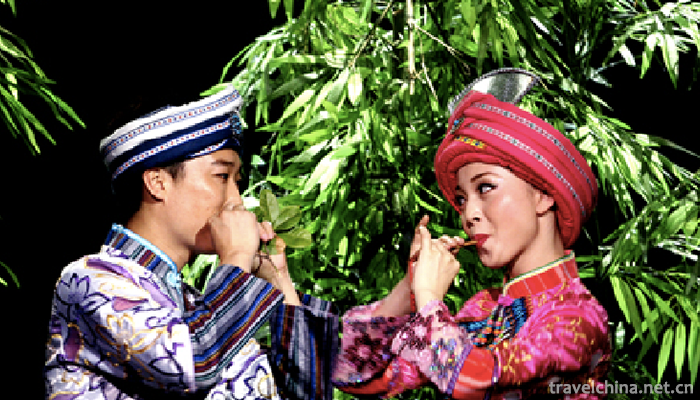

Tujia Nationalitys Quinone
-
Jinshanling the Great Wall
Views: 122 Time 2018-12-10 -
Detian waterfall
Detian Waterfall is located in Detian Village, Shuolong Town, Daxin County, Chongzuo City, Guangxi Zhuang Autonomous Region. It is located in the upper reaches of Guichun River on the border between C
Views: 177 Time 2018-12-12 -
China Antique Car Museum
Located on the Houli Cultural Site, the Chinese Ancient Car Museum is the first most systematic and complete Museum in contemporary China, which integrates the Car and Horse Sites with the display of
Views: 126 Time 2018-12-22 -
South Australia Island Tourist Area
Nanao Island is the only island county in Guangdong Province. It is composed of 37 small islands with a land area of 130.90 square kilometers (including 128.35 square kilometers of the main island) an
Views: 165 Time 2019-02-07 -
Song of Sichuan river
Chuanjiang chant is a kind of traditional folk singing form that the shipworkers in Chuanjiang valley of Sichuan and Chongqing area lead the singing by the trumpeters for unified movement and rhythm
Views: 176 Time 2019-04-19 -
Sacrifice forest
Sacrifice to the gods of villages, as well as "Amaron" and "Pumatu" and other names, is a traditional festival of the Hani people, which takes villages as units and integrates reli
Views: 166 Time 2019-05-05 -
Nanjing White Bureau
Nanjing Baiju is an ancient type of music in Nanjing area. The "Nanjing tune" in the Yuanqu brand is the original tune of Baiju's ancient tune. It has a history of more than 700 years. It wa
Views: 133 Time 2019-06-07 -
Pucheng Folk Song
Shaanxi folk song is the continuous interaction, integration, creation, development and transmission of various artistic forms among the working people in the production practice and social practice o
Views: 169 Time 2019-06-09 -
Orthographic drama
Zhengzi opera, originally known as Zhengyin opera, is singing in Zhongzhou Mandarin. It is an ancient and rare opera with many voices. In the early Ming Dynasty, one of the Southern Opera was introduc
Views: 135 Time 2019-07-25 -
Chaohu University
Chaohu College (Chaohu University), located in Chaohu, Hefei, Anhui, Chaohu half soup hot spring health resort, is a Anhui provincial full-time undergraduate institutions, local application oriented i
Views: 198 Time 2019-11-08 -
Suining history and culture
As a place name, "Suining" began in the Eastern Jin Dynasty. The Eastern Jin Dynasty coexisted with the Sixteen States, while Suining belonged to the Chenghan state. At that time, the rulers of various countries had been fighting with each other for years
Views: 217 Time 2020-12-16 -
Meishan Education
By the end of 2019, there are 824 schools of various types, including 435 kindergartens, 176 primary schools, 165 junior high schools, 26 senior high schools, 17 secondary vocational schools and 5 special schools. By the end of the year, there were 397900 students
Views: 187 Time 2020-12-18



